Archive
John L. Isaack
- John
- L.
- Isaack
Johannes Isaack
- 12-01-1012
- Berlin (DE)
- 2003
- DesignerArtist
John Isaack studied for a year and a half at the Academy of Fine Arts in Berlin before joining an advertising, stage and fair design company. He arrived in Shanghai in 1939 and found work as a graphic artist at Adcraft an advertising agency before being forced to move into the designated refugee area in Hongkou.
Word Count: 55
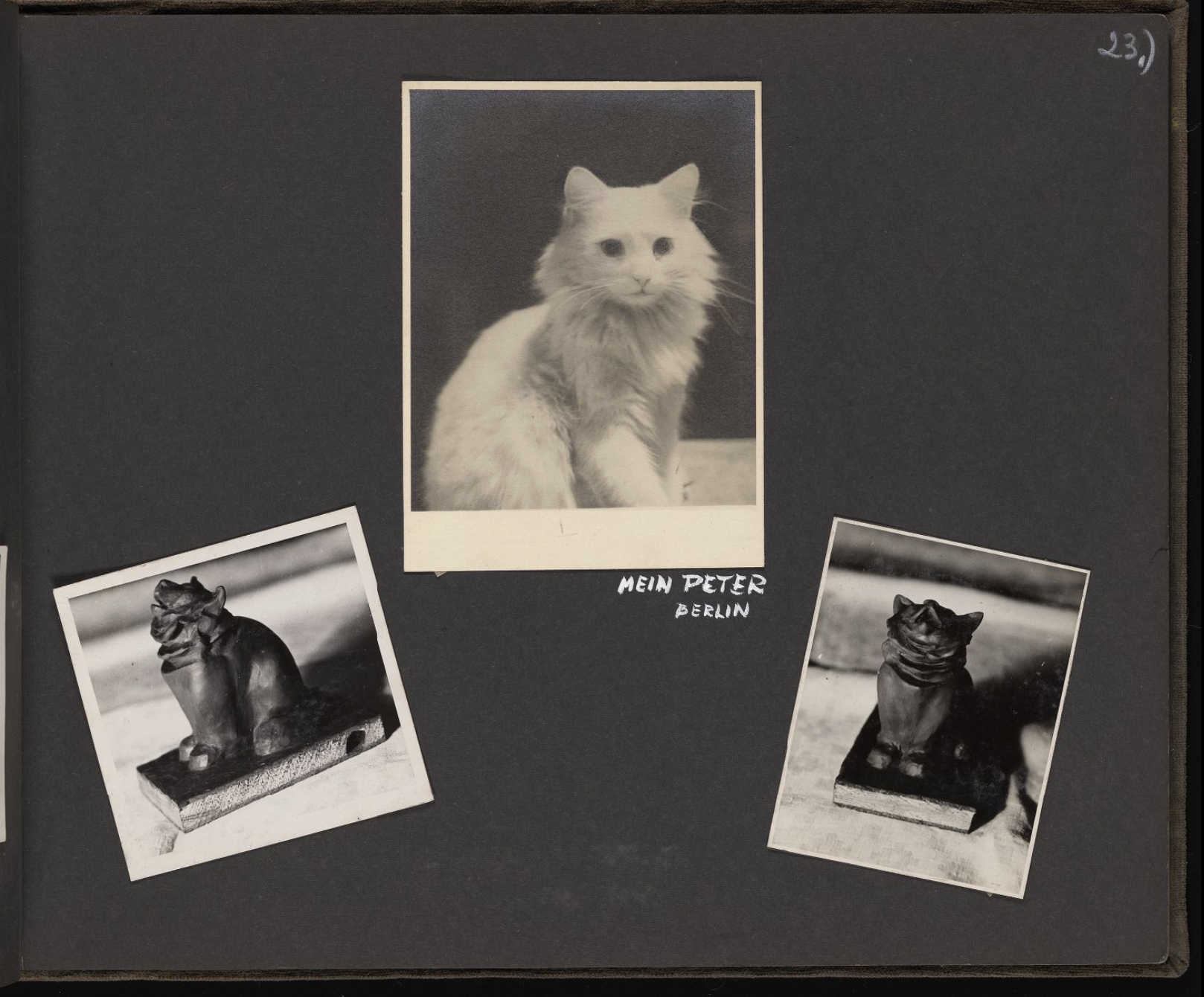
My Cat, Berlin and Little Sculpture, series 4, photographic materials 1931–1964 (bulk 1939–48), photograph album 2, Shanghai, 1939–1947, John and Harrier Isaack papers (© United States Holocaust Memorial Museum Collection, Gift of John and Harriet Isaack). 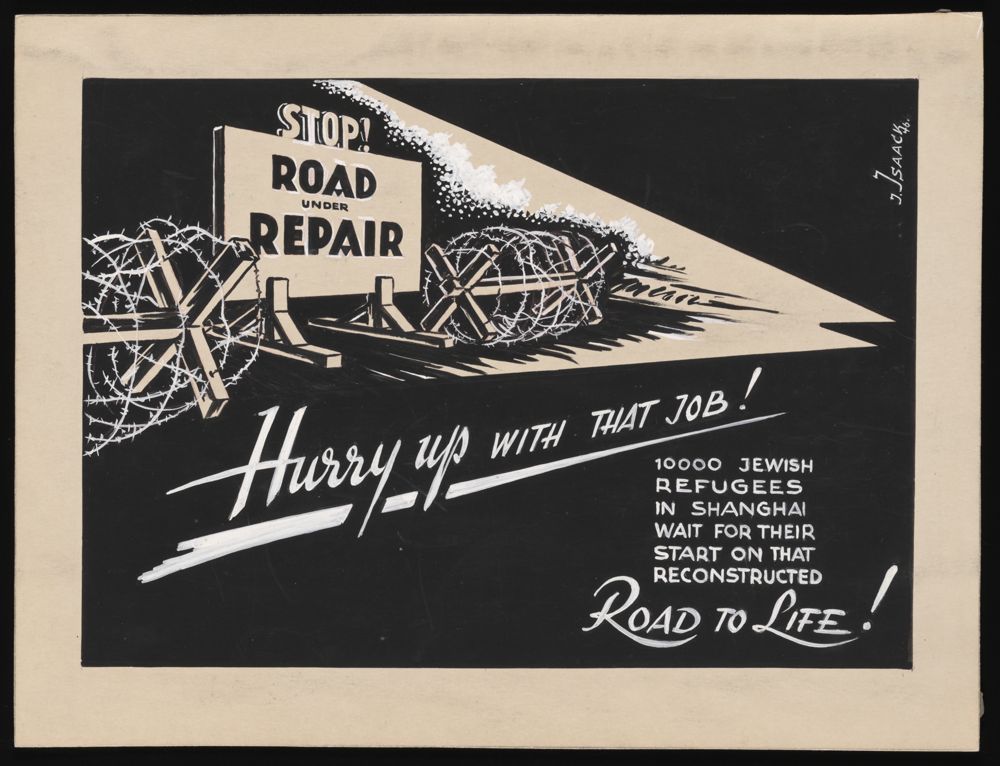
John Isaack, drawing urging the authorities to act on behalf of the Jewish refugees in Shanghai, series 2, original artwork, 1946, John and Harrier Isaack papers (© United States Holocaust Memorial Museum Collection, Gift of John and Harriet Isaack). 
Graphiker Mr. Fischer, series 4, photographic materials 1931–1964 (bulk 1939–48), photograph album 4, Shanghai and Berlin, 1939–47 (bulk 1946–1947), John and Harrier Isaack papers (© United States Holocaust Memorial Museum Collection, Gift of John and Harriet Isaack). 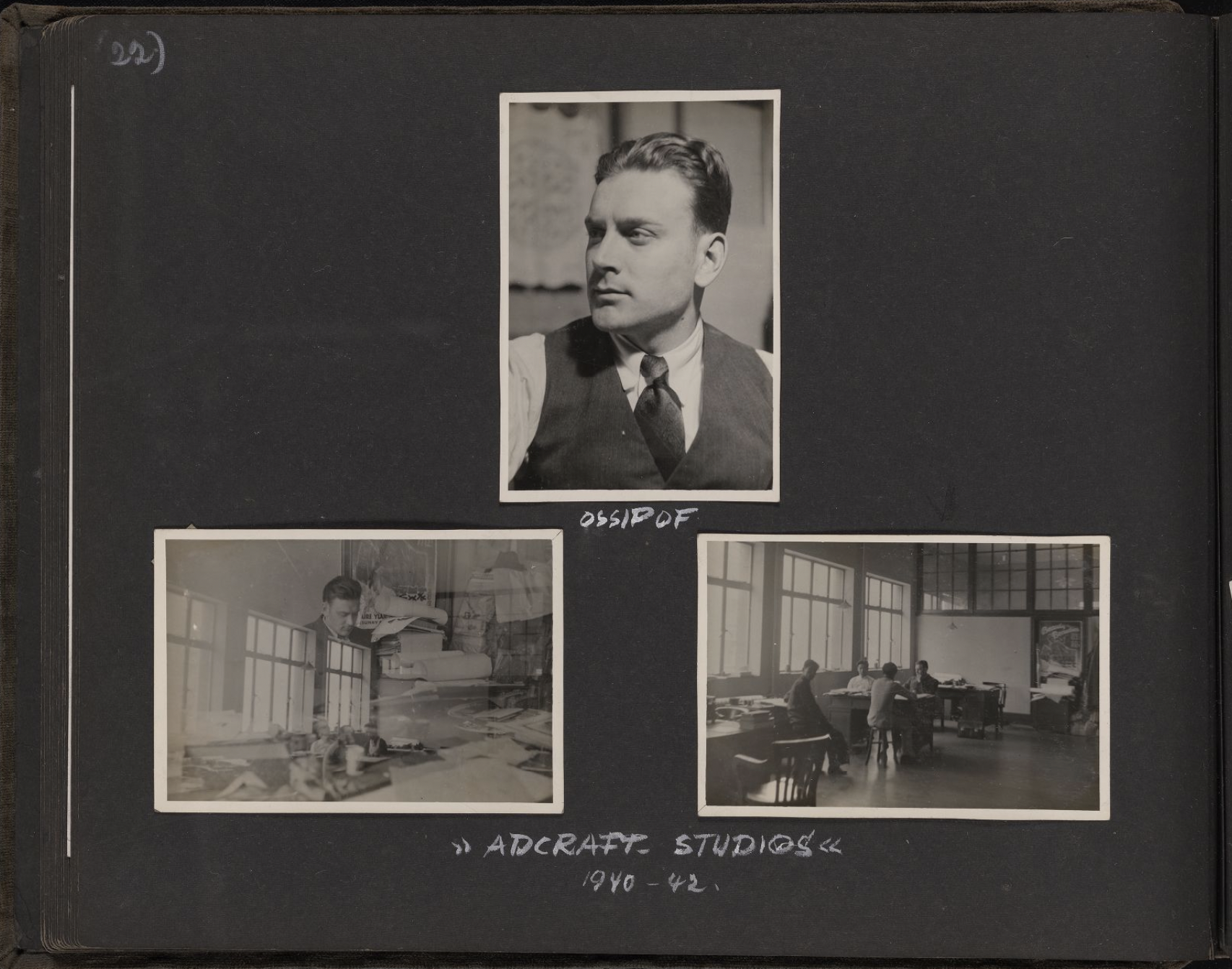
Igor Ossipof. Artist and Coworker at “Adcraft Studio”, Shanghai 1940–1942, series 4, photographic materials 1931–1964 (bulk 1939–48), photograph album 2, Shanghai, 1939–1947, John and Harrier Isaack papers (© United States Holocaust Memorial Museum Collection, Gift of John and Harriet Isaack). 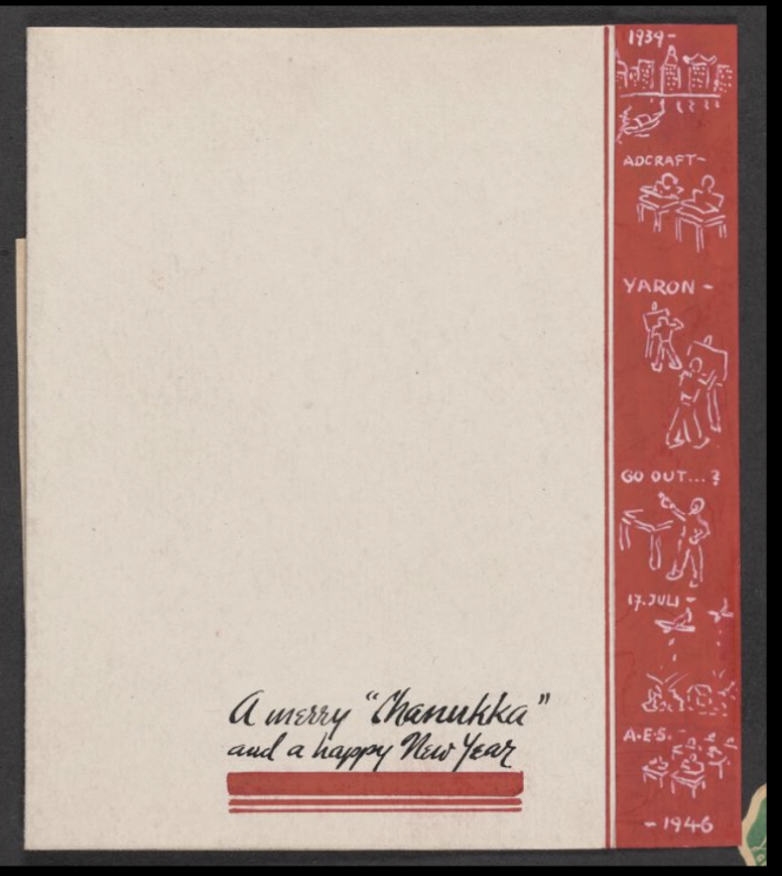
Letter from Good Friends Elly and Fred Singer 1946, series 4, photographic materials 1931–1964 (bulk 1939–48), photograph album 4, Shanghai and Berlin, 1939–47 (bulk 1946–1947), John and Harrier Isaack papers (© United States Holocaust Memorial Museum Collection, Gift of John and Harriet Isaack). 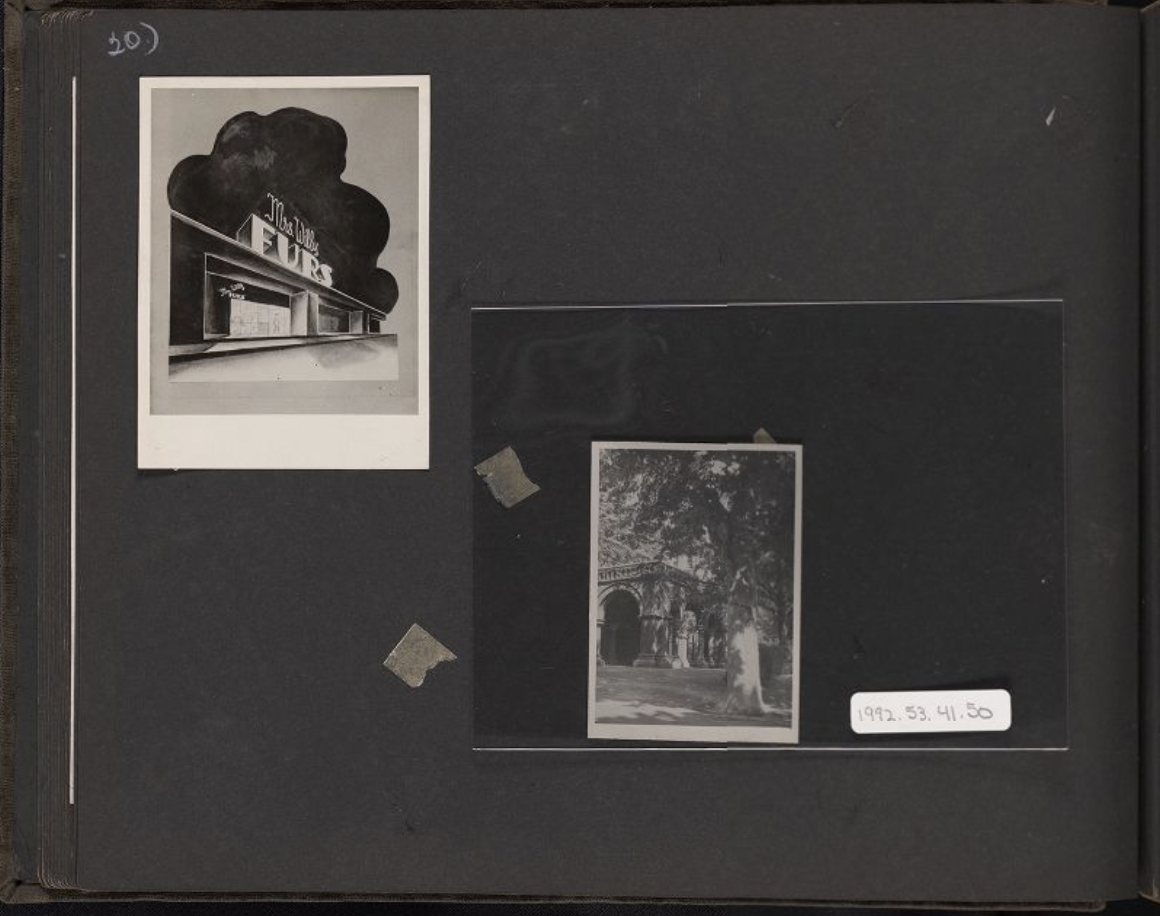
Advertising Design for a Business in English Sector of Shanghai, series 4, photographic materials 1931–1964 (bulk 1939–48), photograph album 2, Shanghai, 1939–1947, John and Harrier Isaack papers (© United States Holocaust Memorial Museum Collection, Gift of John and Harriet Isaack). 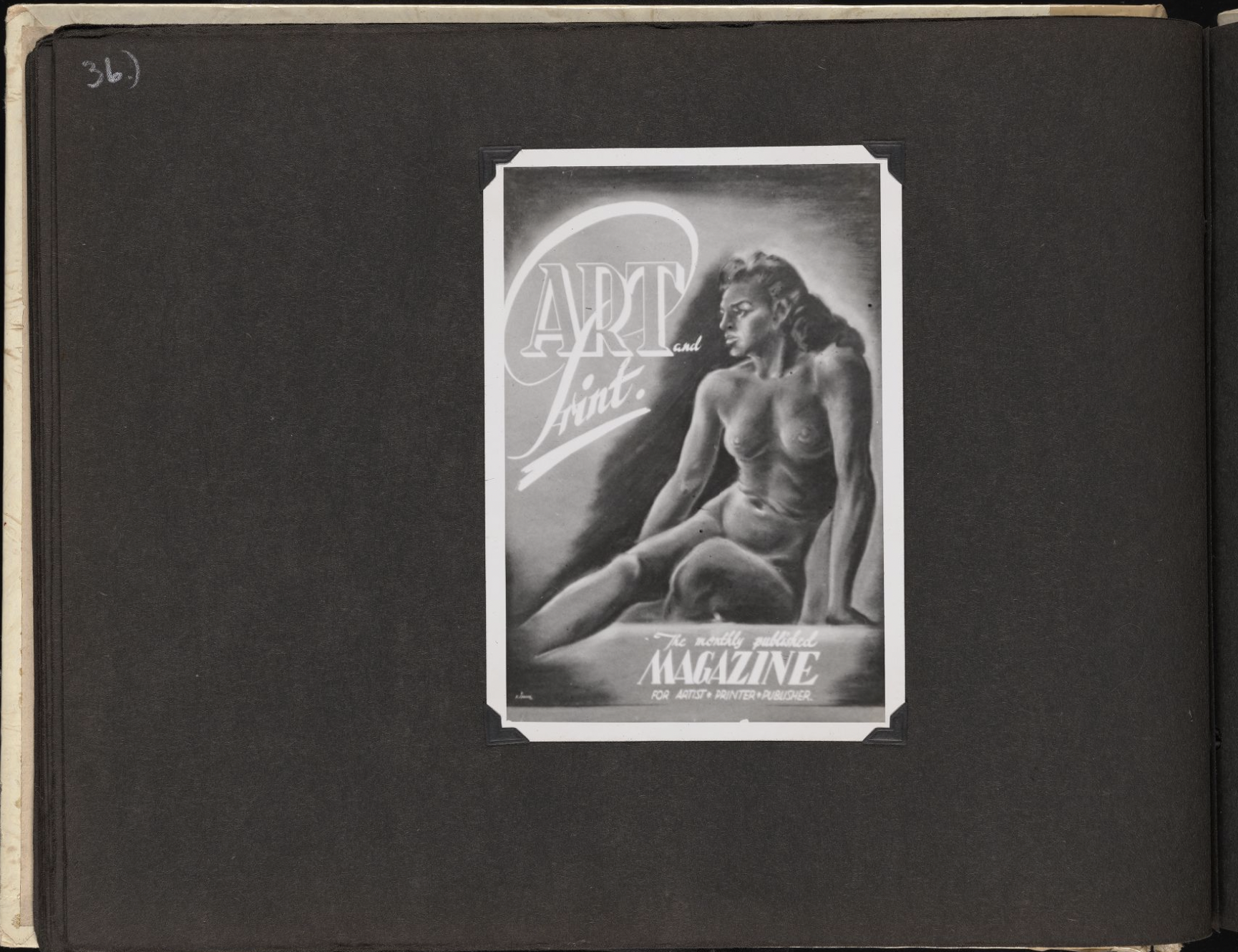
Art Work for Magazine Cover, series 4, photographic materials, 1931–1964 (bulk 1939–48), photograph album 1, Berlin Shanghai and San Francisco, 1931–1964 (bulk 1945–1948), John and Harrier Isaack papers (© United States Holocaust Memorial Museum Collection, Gift of John and Harriet Isaack) 
Broadway Mansion under Japanese Flag, series 4, photographic materials 1931–1964 (bulk 1939–48), photograph album 3, Shanghai and Berlin, 1931-1964 (bulk 1945–1948), John and Harrier Isaack papers (© United States Holocaust Memorial Museum Collection, Gift of John and Harriet Isaack). 
Our “Children”, series 4, photographic materials 1931–1964 (bulk 1939–48), photograph album 4, Shanghai and Berlin, 1939–47 (bulk 1946–1947), John and Harrier Isaack papers (© United States Holocaust Memorial Museum Collection, Gift of John and Harriet Isaack). 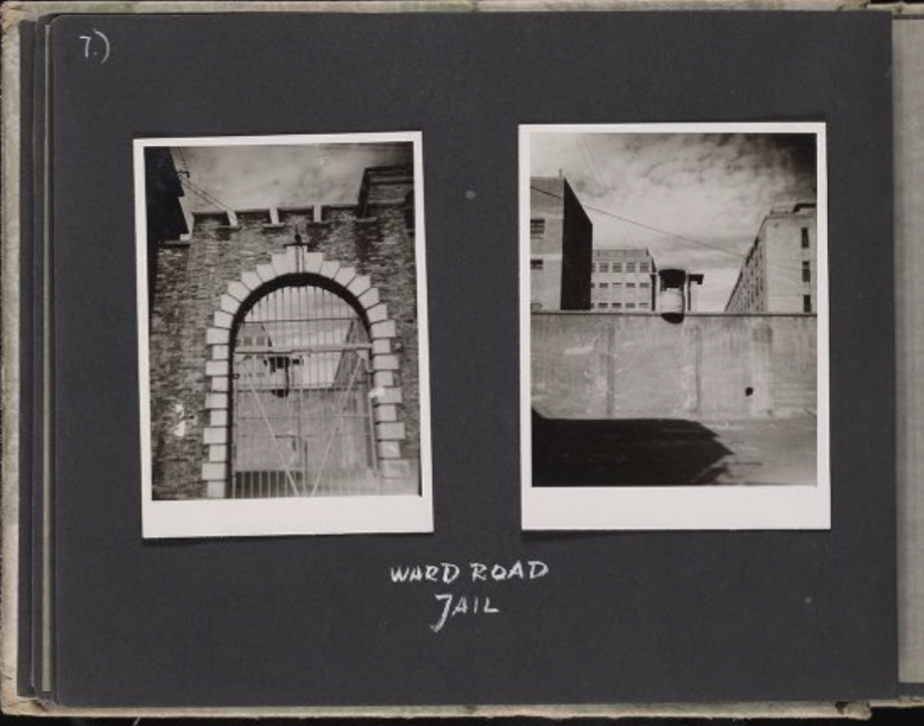
Shanghai Jail, series 4, photographic materials 1931–1964 (bulk 1939–48), photograph album 4, Shanghai and Berlin, 1939–47 (bulk 1946–1947), John and Harrier Isaack papers (© United States Holocaust Memorial Museum Collection, Gift of John and Harriet Isaack). 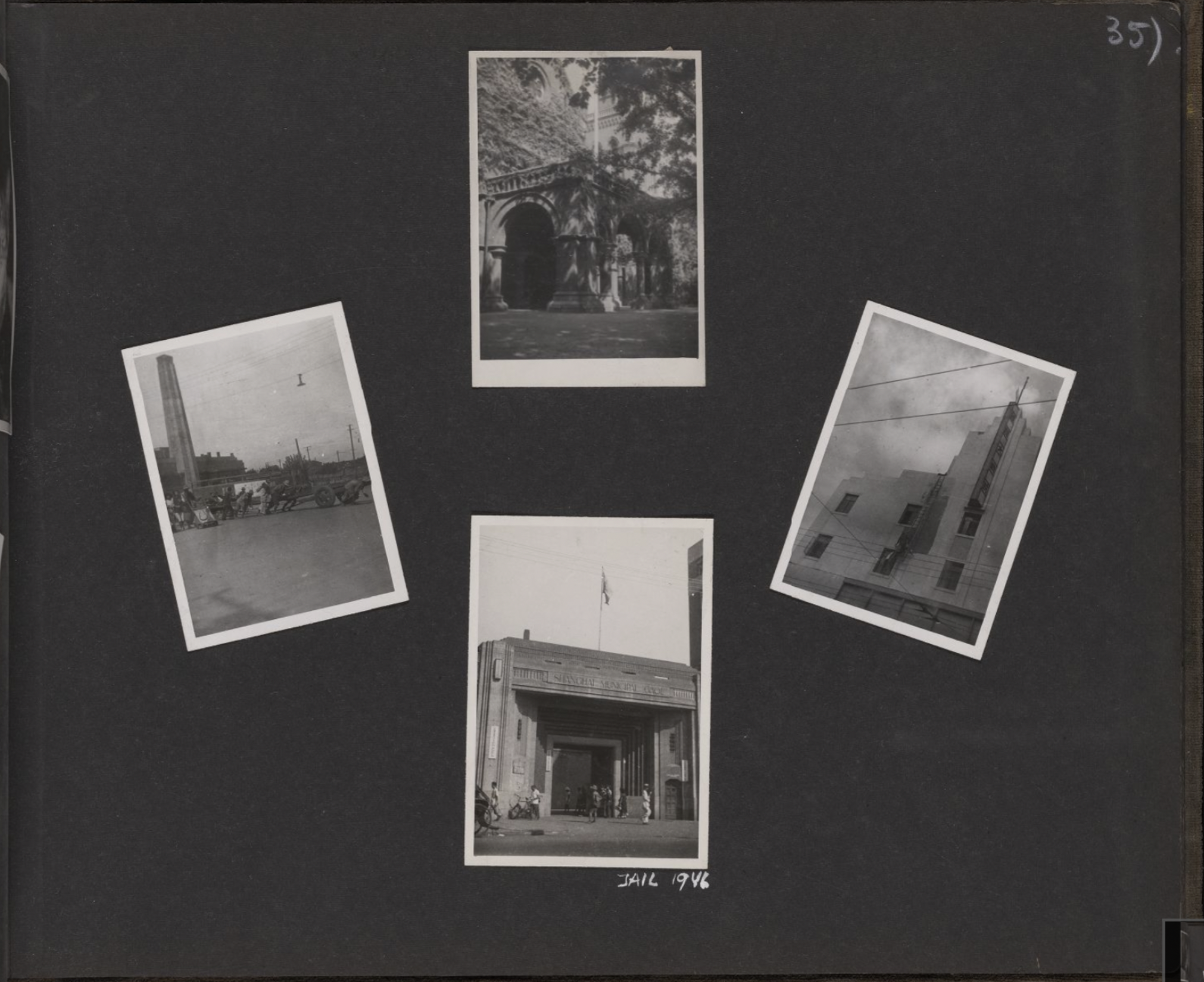
Street Scenes, Shanghai Central Jail, series 4, photographic materials 1931–1964 (bulk 1939–48), photograph album 2, Shanghai, 1939–1947, John and Harrier Isaack papers (© United States Holocaust Memorial Museum Collection, Gift of John and Harriet Isaack). 
YIVO Art Exhibit at Shanghai Jewish School, My Exhibit Section, series 4, photographic materials 1931–1964 (bulk 1939–48), photograph album 4, Shanghai and Berlin, 1939–47 (bulk 1946–1947), John and Harrier Isaack papers (© United States Holocaust Memorial Museum Collection, Gift of John and Harriet Isaack). 
Advertisement, John Isaack, commercial artist and block designer, Shanghai Echo, 25 September 1946, no. 266, p.10. 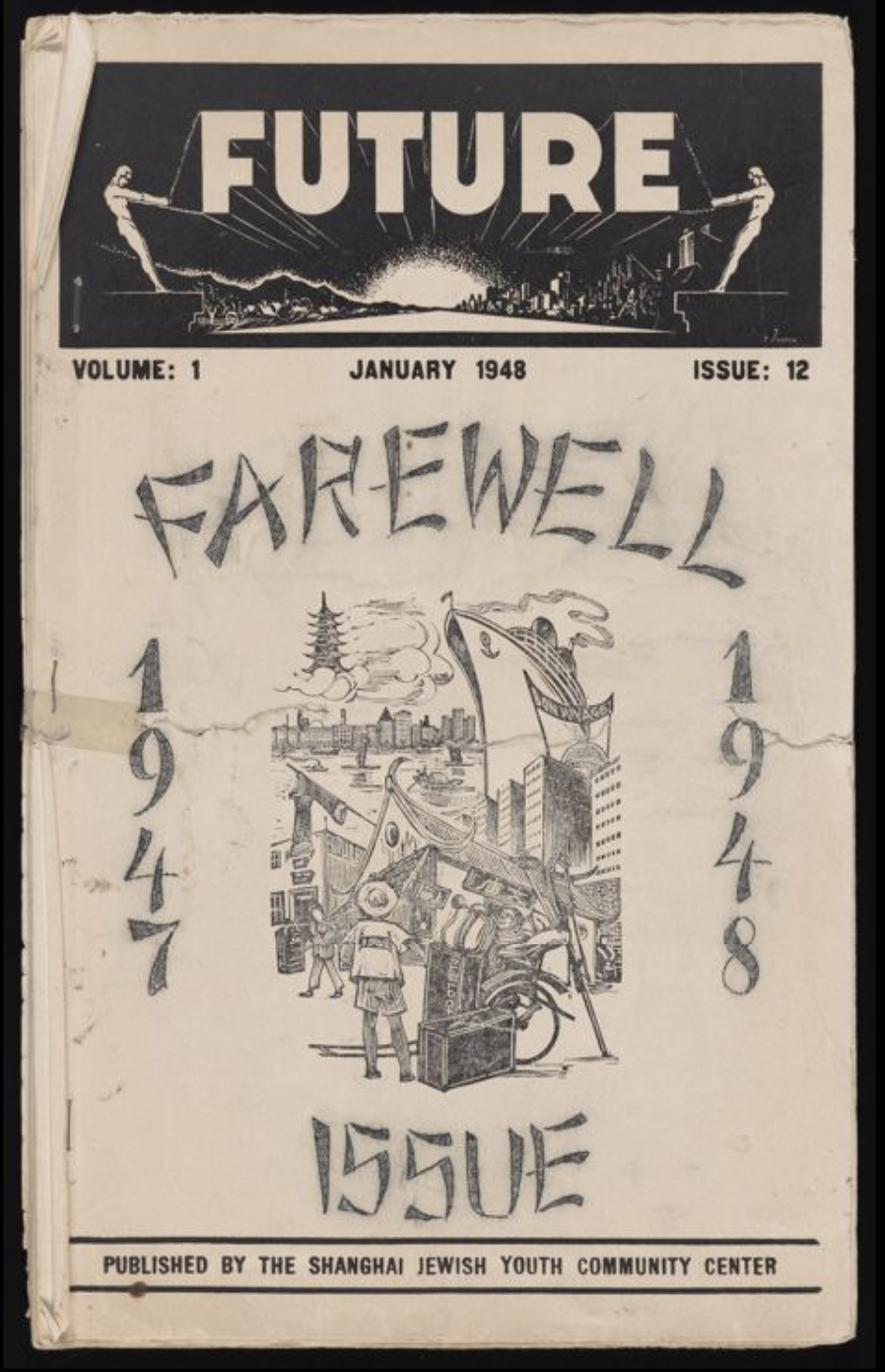
Future, vol. 1, no. 12, January 1948, series 5, printed materials, 1939–1988, Future, 1948, John and Harrier Isaack papers (© United States Holocaust Memorial Museum Collection, Gift of John and Harriet Isaack). Published by the Shanghai Jewish Youth Community Center. Cover lettering print by John Isaack, cover print by David Ludwig Bloch. Last issue “our magazine has served as a binding link between those of our members who have gone abroad and those who will remain in Shanghai.” Irene Ebner. Jewish Refugees in Shanghai 1933–1947. A Selection of Documents. Archiv jüdischer Geschichte und Kultur. vol. 3, Vandenhoeck & Ruprecht, 2018.
Freyeisen, Astrid. Shanghai und die Politik des Dritten Reichs. Königshausen & Neumann 1999.
Kranzler, David. “Restrictions Against German-Jewish Refugee Immigration to Shanghai in 1939.” Jewish Social Studies, vol. 36, no. 1, 1974, pp. 40–60.
Pan, Guan. A Study of Jewish Refugees in China (1933–1945). Histories, Theories and the Chinese Pattern. Shanghai Jiao Tong University Press/Springer, 2019.Word Count: 70
United States Holocaust Memorial Museum, Washington, John and Harriet Isaack papers.
Word Count: 11
Shanghai, China (1939–1947)
789/42 Point Road, Hongkou, (now Zhoujiazui Lu, Hongkou Qu) Shanghai
- Shanghai
- Mareike Hetschold. "John L. Isaack." METROMOD Archive, 2021, https://archive.metromod.net/viewer.p/69/2952/object/5138-11786455, last modified: 07-06-2021.
-
Association of Jewish Artists and Fine Art Lovers (ARTA)AssociationShanghai
Seven Jewish artists living in the so-called Shanghai Ghetto joined together to form an art association in 1943. The founding members were: David Ludwig Bloch, Paul Fischer, Fred Fredden Goldberg, Ernst Handl, Max Heimann, Hans Jacoby and Alfred Mark.
Word Count: 38
Ivan KouninJournalistPublisherShanghaiA self-driven journalist and a self-funded publisher, Ivan Kounin created several illustrated albums focused on the life of Shanghai’s international community, which highlighted the work of Russian artists.
Word Count: 29
Alexander A. YaronDesignerJournalistArtistPhotographerShanghaiAn autodidact and a versatile commercial artist, Alexander Yaron applied his talent in portraiture, photography, interior design, advertising, layout and illustration. His best known projects were illustrated art magazines and books produced as part of Adcraft Studios, in tandem with Ivan Kounin.
Word Count: 42